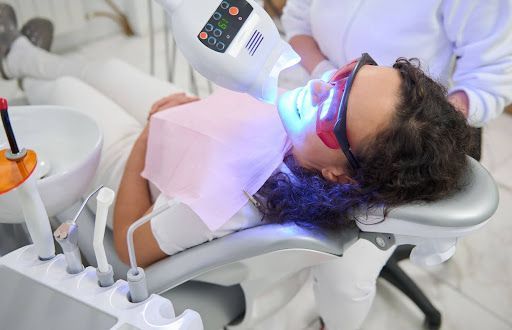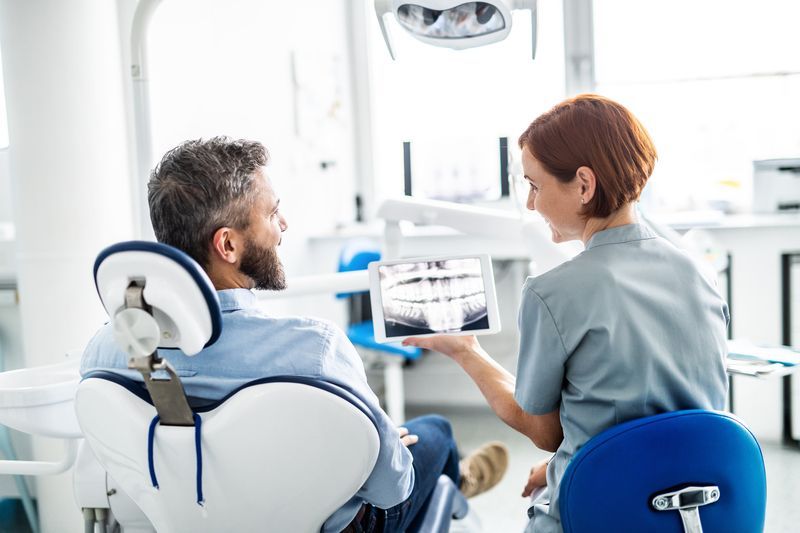Orthodontics: A Gateway to Holistic Health
Orthodontics is commonly perceived as a field focused solely on improving aesthetic appearances through straightening teeth. However, its benefits extend far beyond the cosmetic, touching on aspects of holistic health and overall well-being. This piece seeks to shed light on how orthodontic treatments not only enhance dental alignment but also contribute significantly to broader health outcomes. By addressing common misconceptions, it becomes clear that achieving a healthy smile serves as a foundation for both beauty and improved health.
The Health Benefits of Proper Teeth Alignment
Enhancing Oral Functionality
Orthodontic treatments are designed to correct malocclusions (misalignments of the teeth and jaw), which can significantly affect basic oral functions. Misalignments can lead to difficulties in chewing and speaking, which are often overlooked. Correcting these issues through braces or other orthodontic appliances improves these essential functions, contributing to better nutrition and clearer speech.
Preventing Dental and Oral Health Issues
Misaligned teeth are more difficult to clean, often resulting in inadequate plaque removal, which increases the risk of periodontal disease and dental decay. Orthodontics can align teeth properly, making them easier to clean and less likely to harbor harmful bacteria. Moreover, orthodontic treatment can help prevent or alleviate the symptoms of jaw disorders such as TMJ (temporomandibular joint disorder) by correcting bite issues that may lead to jaw pain and headaches.
Improving Overall Health
Impact on Digestive Health
The process of digestion begins in the mouth, and having properly aligned teeth aids in breaking down food more efficiently. This not only improves nutrient absorption but also reduces the risk of gastrointestinal disturbances caused by improperly chewed food.
Cardiovascular and Diabetes Risks
There is a well-documented link between oral health and systemic health, including cardiovascular diseases and diabetes. Periodontal disease, more common in those with poor dental alignment, is linked to an increased risk of heart disease and can affect the management of diabetes. Orthodontic treatments that help maintain dental health indirectly contribute to the prevention of these conditions.
Psychological and Emotional Impact
Boosting Self-Esteem and Confidence
The psychological benefits of orthodontic treatment are profound. A straight, well-aligned smile enhances self-esteem and contributes to a greater willingness to engage socially. These emotional benefits directly impact mental health and overall quality of life.
Reducing Stress and Anxiety
Poor dental alignment often causes embarrassment and social anxiety, which can affect an individual's mental and emotional health. Correcting these issues not only alleviates these negative feelings but also reduces stress, known to exacerbate many chronic health conditions.
Aesthetic Benefits and Beyond
While the aesthetic improvements following orthodontic treatments are the most visible outcomes, they are interlinked with health improvements. A beautiful smile that results from proper dental alignment is healthier, and the processes to achieve this symmetry address and correct deeper health issues, proving that beauty and health are not mutually exclusive.
Addressing Misconceptions and Educating Patients
Educating patients about the full range of benefits provided by orthodontic treatments challenges the misconception that this field is purely cosmetic. By understanding the holistic impacts of these treatments, patients and healthcare providers can better appreciate the integral role of orthodontics in preventive health care.
Tailoring Orthodontic Treatments
Each patient presents a unique set of dental challenges and health considerations. Modern orthodontics offers personalized treatment plans using a variety of tools and technologies, including traditional braces, clear aligners, and more specialized appliances. This customization ensures that each patient receives not only the most effective treatment for their dental issues but also one that considers their overall health profile and needs.
Orthodontic care plays a pivotal role in promoting holistic health by enhancing oral functionality, preventing various health issues, and improving psychological well-being. This comprehensive approach ensures that the benefits of orthodontic treatments extend far beyond achieving a visually appealing smile, reinforcing the concept that true beauty stems from health. Through patient education and tailored treatments, orthodontics continues to contribute significantly to the broader spectrum of health and well-being, helping individuals lead healthier, more fulfilled lives.
Discover the path to your holistic well-being. Our comprehensive orthodontic treatments go beyond aesthetics, enhancing your overall health and radiating confidence. Embrace a healthier, more beautiful smile today. Contact us today to learn more about our services and book your consultation. Let's craft your personalized journey to a radiant smile together!












